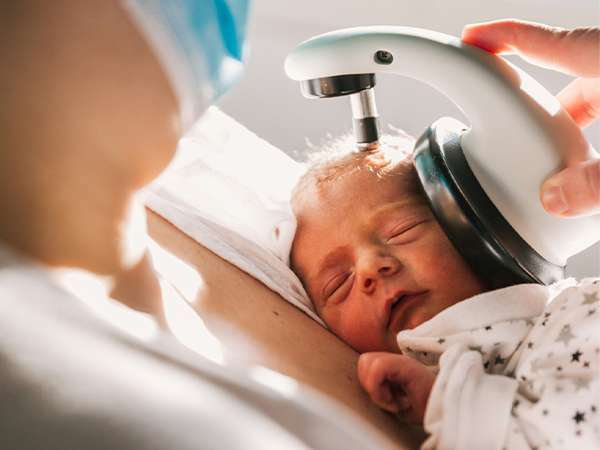Hysteroscopy

What is Hysteroscopy?
Hysteroscopy is a procedure used to inspect the uterine cavity. It is an essential tool in diagnosing and treating a variety of gynecological conditions. The hysteroscope is a narrow, telescope-like instrument equipped with a camera that projects images onto a screen for the doctor to see.
Types of Hysteroscopy
- Diagnostic Hysteroscopy: Used to diagnose uterine problems. It is often performed in a doctor’s office and does not require anesthesia.
- Operative Hysteroscopy: Performed to correct an abnormal condition that has been detected during a diagnostic hysteroscopy. Small instruments are inserted through the hysteroscope to perform the surgery.
Indications for Hysteroscopy
Hysteroscopy is recommended for various reasons, including:
- Abnormal Uterine Bleeding: To investigate heavy or irregular periods.
- Fibroids and Polyps: To diagnose and remove benign growths.
- Adhesions: To locate and remove scar tissue that may cause infertility or changes in menstrual flow.
- Septum: To diagnose and correct congenital malformations of the uterus.
- Lost IUD: To locate and remove a displaced intrauterine device (IUD).
- Biopsy: To take a sample of tissue for further examination.
Preparing for Hysteroscopy
Preparation for hysteroscopy involves:
- Medical History Review: Discussing your medical history, allergies, and current medications with your doctor.
- Preoperative Instructions: Fasting and avoiding certain medications as instructed.
- Anesthesia: Determining the type of anesthesia required, which could be local, regional, or general, depending on the procedure.
The Hysteroscopy Procedure
The procedure typically involves the following steps:
- Positioning: The patient is positioned similarly to a pelvic exam.
- Insertion: The hysteroscope is gently inserted through the vagina and cervix into the uterus.
- Inspection: The doctor inspects the uterine cavity, looking for abnormalities.
- Treatment: If necessary, operative instruments are inserted to treat the identified issue.
- Completion: The hysteroscope is removed, and the patient is taken to a recovery area.
Recovery After Hysteroscopy
Recovery is usually quick, especially for diagnostic hysteroscopy. Patients may experience:
- Mild Cramping: Similar to menstrual cramps.
- Spotting: Light vaginal bleeding for a few days.
- Rest: Most patients can resume normal activities within a day or two.
Risks and Complications
While hysteroscopy is generally safe, potential risks include:
- Infection: Rare but possible.
- Bleeding: Slight bleeding is normal, but heavy bleeding should be reported.
- Perforation: Accidental puncture of the uterus, though uncommon.
- Anesthesia Risks: Depending on the type used.